Space
Sign up for our newsletter
We summarize the week's scientific breakthroughs every Thursday.
-
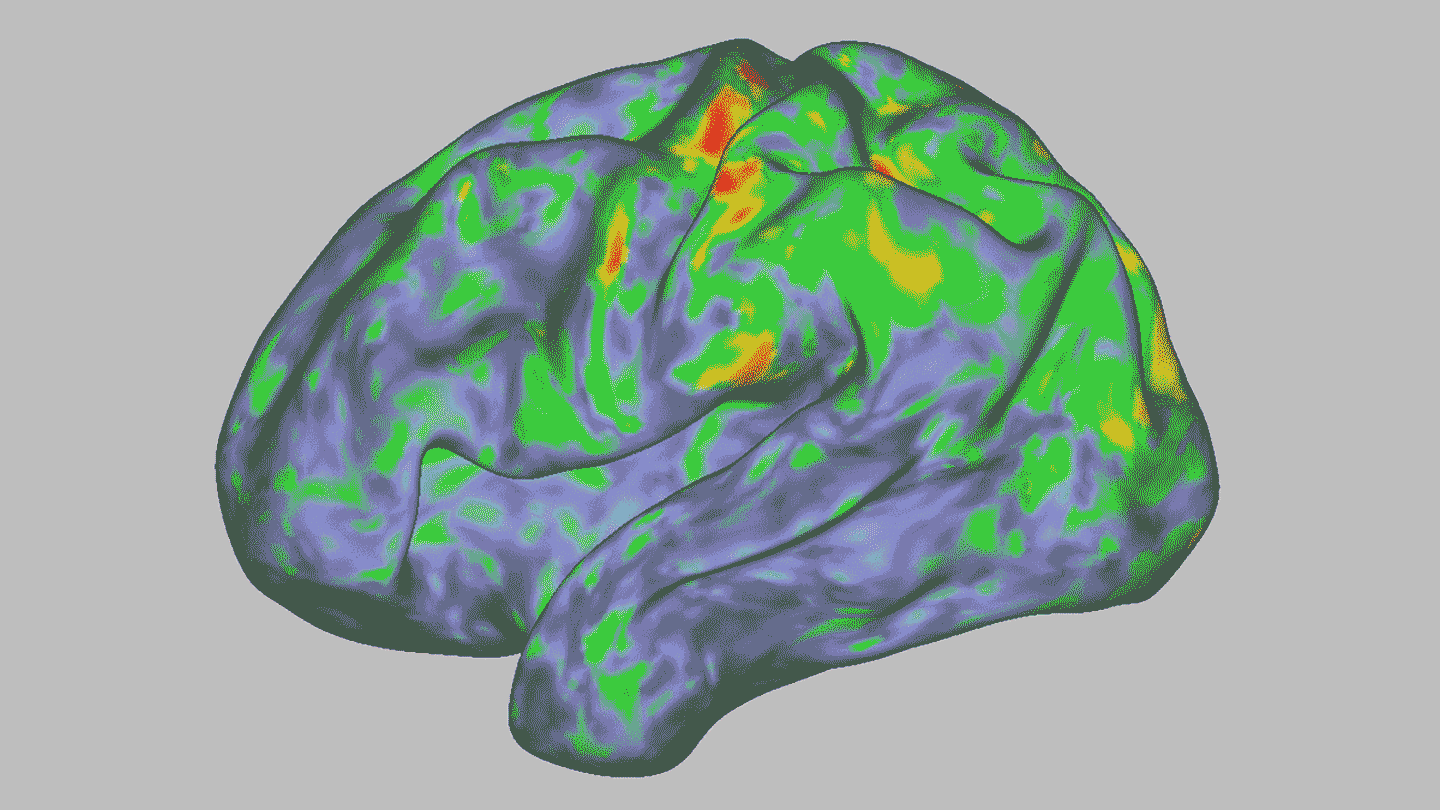 Science & Society
Science & SocietyThese are the 5 most popular Science News stories of 2024
Science News drew millions of visitors to our website this year. Here’s a recap of the most-read and most-watched news stories of 2024.
-
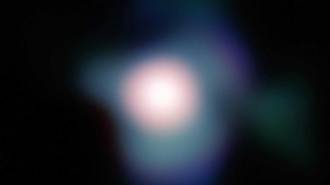 Space
Space50 years ago, astronomers saw the surface of a distant star for the first time
In the 1970s, technological advances let scientists peer through stars’ atmospheres. Now, scientists can measure roiling gas in the stars themselves.
-
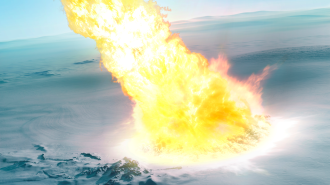 Life
LifeThese scientific feats set new records in 2024
Noteworthy findings include jumbo black hole jets, an ultrapetite frog, ancient asteroid remnants and more.
-
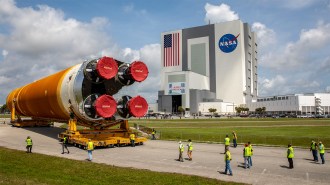 Space
SpaceWhat will space exploration look like under Trump?
A lot is unknown, but the roles of billionaires like Elon Musk and Jared Isaacman suggests a focus on human and private spaceflight.
-
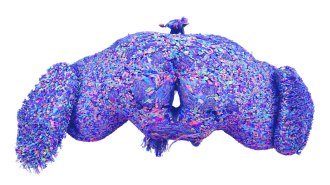 Life
LifeHere are 8 remarkable scientific firsts of 2024
Making panda stem cells, mapping a fruit fly’s brain and witnessing a black hole wake up were among the biggest achievements of the year.
-
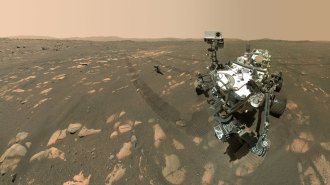 Space
SpaceThese discoveries in 2024 could be groundbreaking — if they’re true
Did microbes ever live on Mars? Did an "elevator" help build Egypt’s first pyramid? Some signs pointed to yes this year, but confirmation is still needed.
-
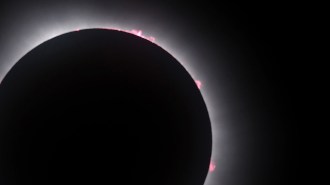 Space
SpaceThe 2024 eclipse gave a rare view of the sun. Here’s a peek at early data
Teams are starting to analyze data from the total solar eclipse to learn more about the sun’s corona, gravity waves and changes in Earth’s ionosphere.
-
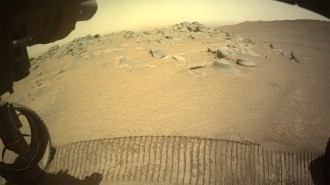 Planetary Science
Planetary ScienceNASA’s Perseverance rover found a new potential setting for Martian life
Now atop Jezero Crater, the robotic explorer found quartz indicative of habitable environments and possibly the oldest rocks yet seen in the solar system.
By Nikk Ogasa -
 Space
SpaceSpace missions spanned the solar system in 2024
Humankind accomplished new feats in space this year, including scooping up some of the moon’s farside and launching a probe to Jupiter’s moon Europa.
-
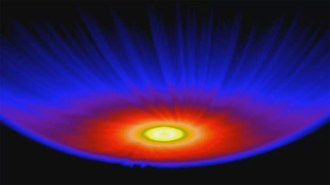 Astronomy
AstronomyAstronomers see the astrosphere of a sunlike star for the first time
Finding a bubble of hot gas blown by the stellar wind from a young star gives researchers a peek at what our sun was like when it was young.
-
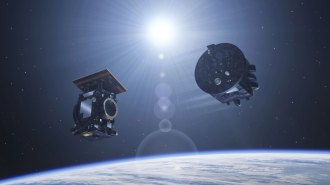 Space
SpaceA spacecraft duo will fly in formation to create artificial solar eclipses
ESA’s Proba-3 mission will use one satellite to block out the sun for another satellite, bringing the sun’s middle corona into new focus.
-
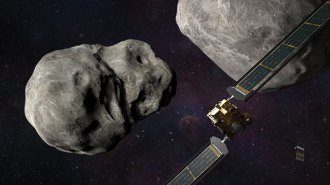 Space
SpaceWhat will it take to defend the world from an asteroid?
In How to Kill an Asteroid, Robin George Andrews looks at the successes and shortcomings of planetary defense.
By Shi En Kim